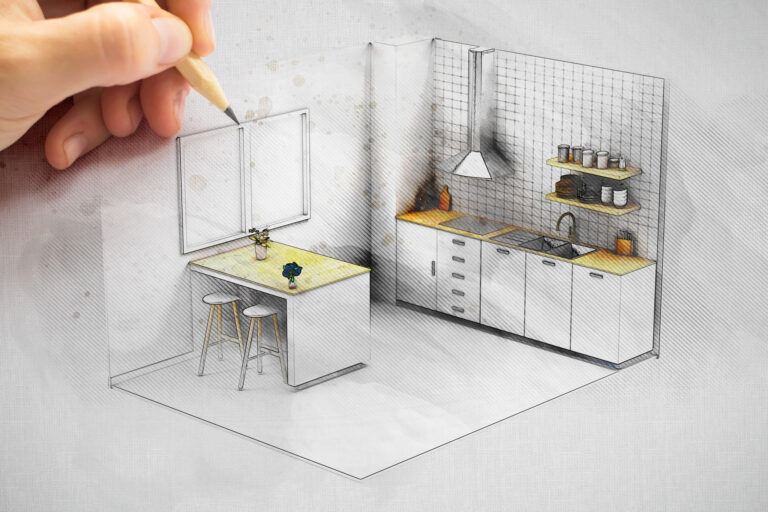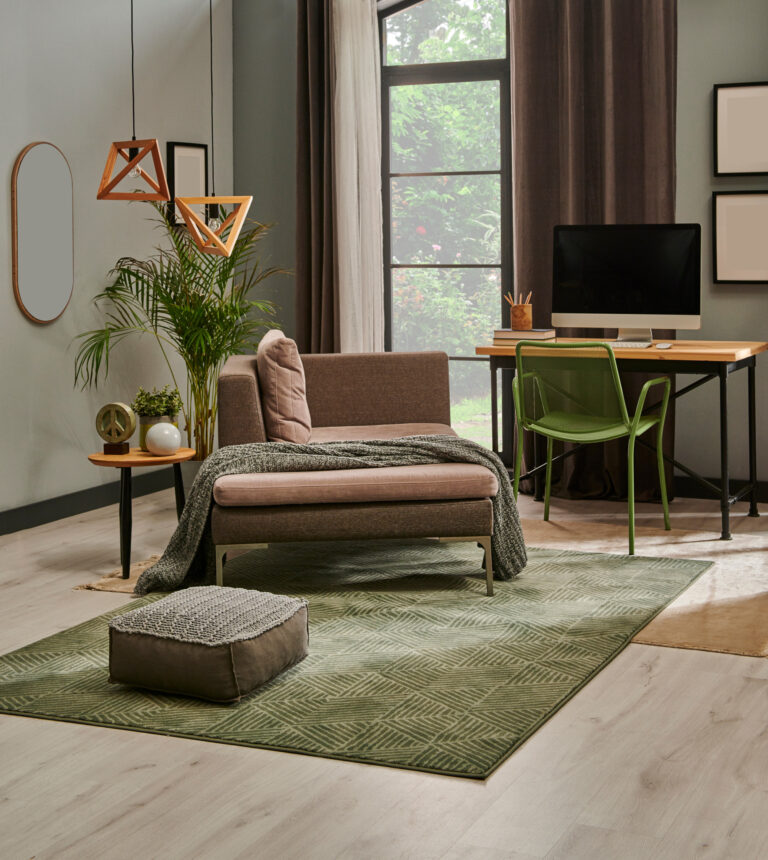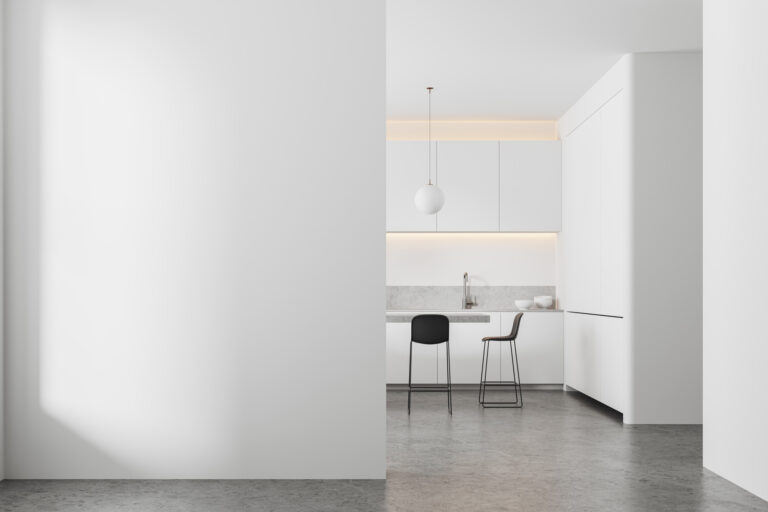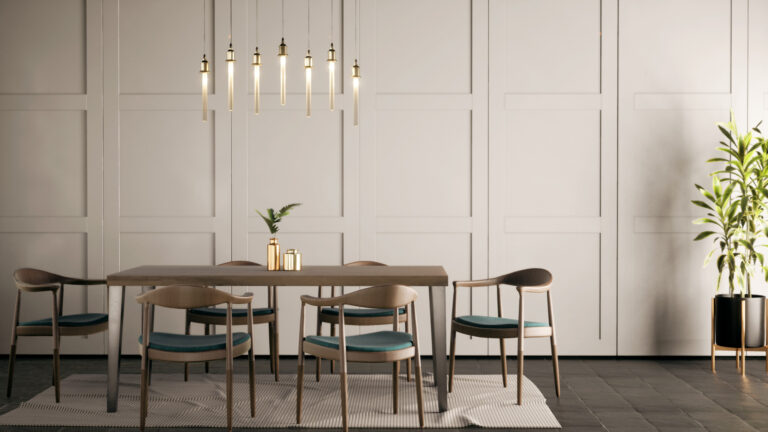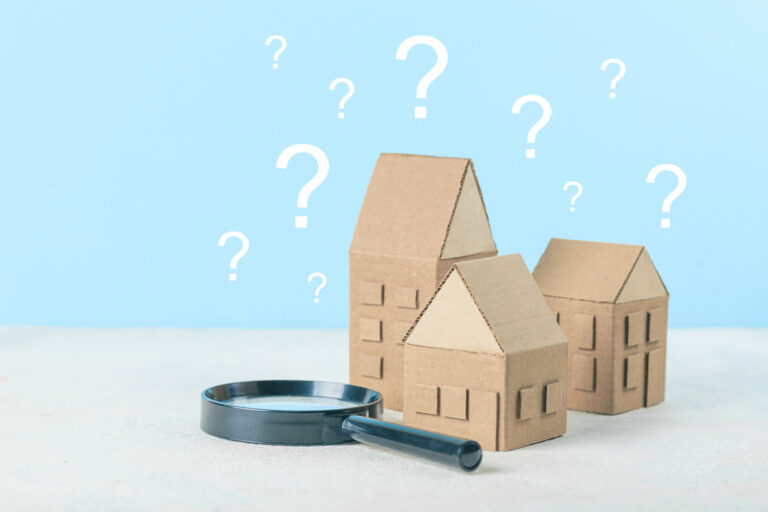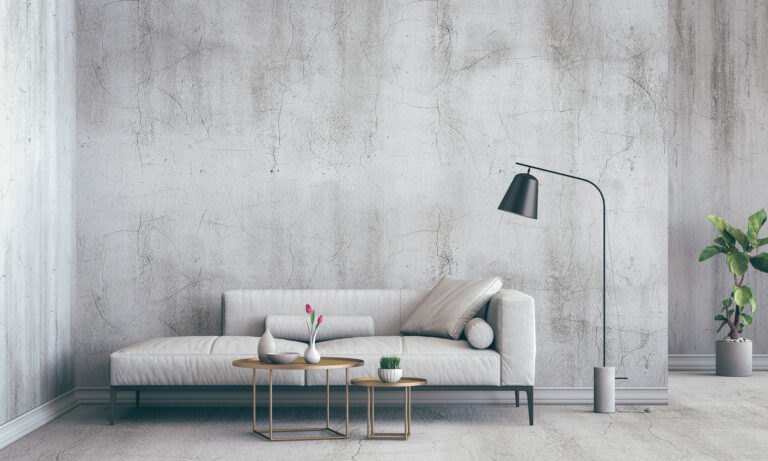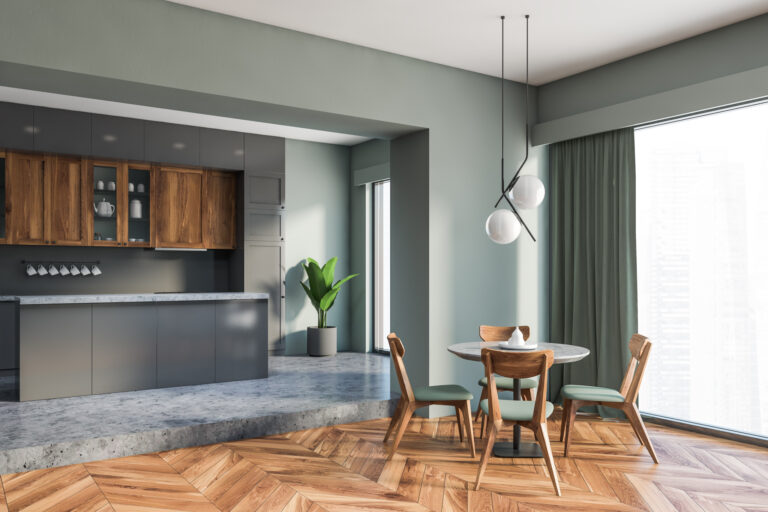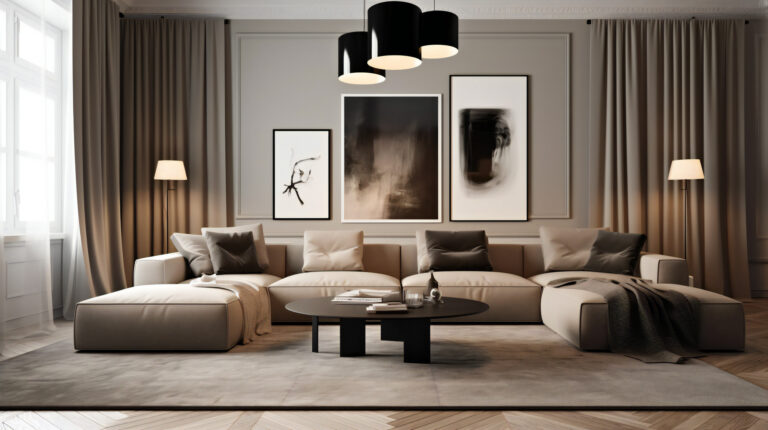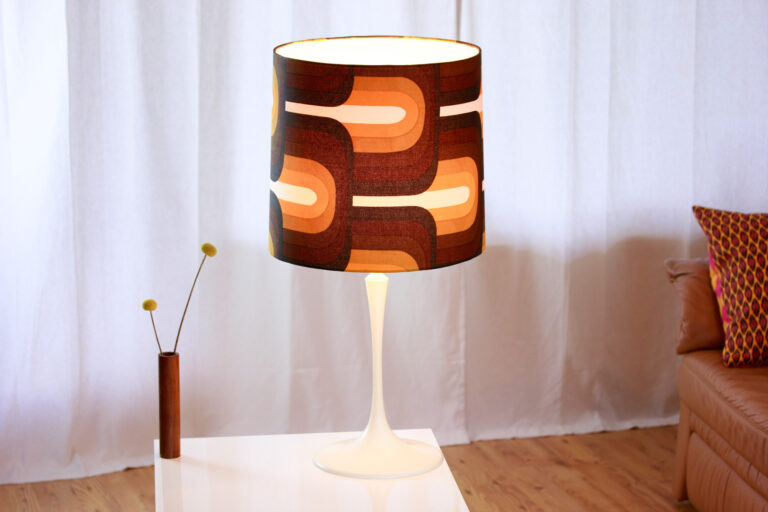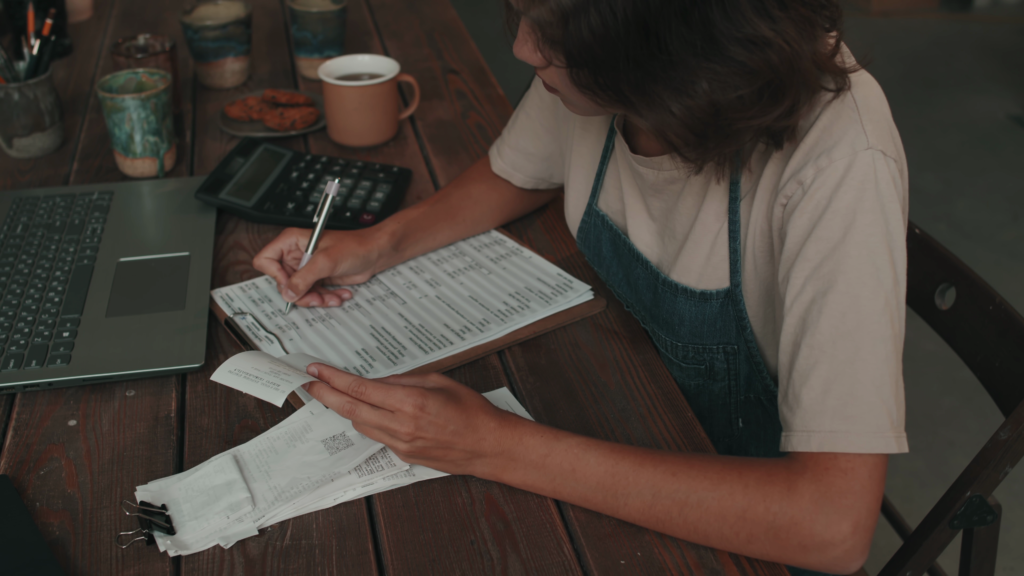
Introduction: Personal property is an integral part of our lives, encompassing the belongings we own and use in our daily activities. This blog post will delve into personal property, its characteristics, and its significance in residential and commercial contexts.
Definition of Personal Property: Chattel or movable property refers to tangible assets not permanently attached to land or structures. Unlike real property, which includes land and permanent improvements, personal property can be moved, transferred, or transported from one location to another. Examples of personal property include furniture, appliances, vehicles, clothing, electronics, and collectibles.
Characteristics of Personal Property:
- Mobility: Personal property is characterized by its mobility, meaning it can be easily moved or transported from one place to another. This distinguishes it from real property, which is fixed in location and cannot be physically relocated.
- Ownership Rights: Owners of personal property have exclusive rights to use, possess, transfer, and dispose of their belongings. These rights are protected by law and can be enforced through legal mechanisms such as contracts, leases, and sales agreements.
- Depreciation: Unlike real property, which tends to appreciate over time, personal property often depreciates as it ages or becomes obsolete. Factors such as wear and tear, technological advancements, and changes in market demand can all contribute to the depreciation of personal property.
Significance of Personal Property: Personal property plays a crucial role in residential and commercial settings, serving various purposes and meeting the needs of individuals and businesses alike.
- Residential Use: Personal property includes household items such as furniture, appliances, electronics, and clothing in residential settings. These belongings contribute to the comfort, functionality, and aesthetic appeal of homes and reflect their owners’ personal tastes and lifestyles.
- Commercial Use: In commercial settings, personal property extends to equipment, inventory, supplies, and other assets used in business operations. From machinery and tools to office furniture and computers, personal property is essential for conducting business activities and generating revenue.
Types of Personal Property: Personal property can be further categorized into several types, each with its characteristics and legal implications:
- Tangible Personal Property: Personal property consists of physical assets that can be touched, felt, and seen. Examples include furniture, vehicles, machinery, and inventory.
- Intangible Personal Property: Intangible personal property refers to assets that have value but do not have a physical form. Examples include patents, trademarks, copyrights, stocks, bonds, and intellectual property rights.
- Mixed Personal Property: Mixed personal property consists of assets that have both tangible and intangible elements. For example, a computer may include physical hardware components and software programs.
Conclusion: Personal property encompasses the tangible assets we own and use daily, from household items to business assets. Understanding the characteristics and significance of personal property is essential for individuals and businesses alike, as it influences our lifestyles, financial decisions, and business operations. By appreciating the role of personal property, we can better manage our belongings and navigate the complexities of modern life.





















